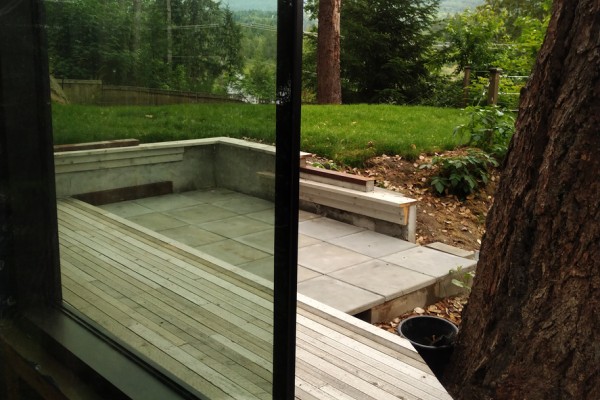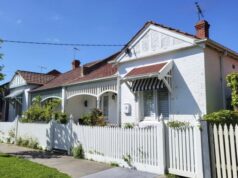
If you’re renovating or building and want to improve your home’s energy efficiency, Low-E glass is worth considering. Short for low-emissivity glass, this high-performance glazing helps regulate indoor temperatures, reduces energy bills and boosts comfort—all without sacrificing natural light.
It’s a popular upgrade in Australian homes aiming for better insulation and reduced reliance on heating and cooling.
How does Low-E glass work?
Low-E glass features an ultra-thin, transparent coating—typically made of metal oxide—applied to one side of the glass pane. This coating reduces the amount of infrared and ultraviolet (UV) radiation that passes through, while still allowing visible light to enter.
There are two main types:
- Hard coat Low-E glass: The coating is baked into the glass surface during manufacturing. It’s durable and ideal for single glazing in external windows.
- Soft coat Low-E glass: The coating is applied after the glass is formed and offers superior insulation performance, but is more delicate and usually used in double glazing.
Benefits of Low-E glass in Australian homes
- Better thermal performance: Keeps heat out in summer and warmth in during winter by reflecting radiant energy
- Reduced energy bills: Less need for heating and cooling means lower energy consumption
- Minimised UV exposure: Helps protect furnishings, flooring and artwork from fading
- Increased comfort: Reduces cold drafts and overheating near windows
- Natural light retention: Maintains clear views and daylight while enhancing insulation
Is Low-E glass suitable for all climates?
Yes, but performance can vary depending on where and how it’s used. In cooler climates, Low-E glass helps retain warmth indoors. In hotter regions, it limits solar heat gain, helping to keep interiors cooler.
Some products are tailored for specific climates. Be sure to choose glazing suited to your zone, whether you’re in tropical Queensland or cooler parts of Victoria or Tasmania.
Low-E glass vs double glazing
While both improve insulation, they aren’t the same. Double glazing refers to two panes of glass separated by an air or gas-filled gap. Low-E glass can be used within double-glazed units to enhance their performance even further.
In fact, a double-glazed window with Low-E coating offers some of the best insulation currently available for residential construction.
Compliance and energy ratings
Windows and glazing must meet minimum performance requirements under the National Construction Code (NCC) and are rated using the Window Energy Rating Scheme (WERS). When used correctly, Low-E glass can help your home comply with energy efficiency provisions—especially in new builds or major renovations where star ratings or BASIX (NSW) requirements apply.
Ask your window supplier or builder for WERS-rated products that suit your local climate zone.
Things to consider before choosing Low-E glass
- Orientation: North-facing windows benefit most in cooler climates, while east and west-facing windows can gain from heat-blocking properties in hotter zones
- Shading: Combine Low-E glass with external shading (like eaves or awnings) for optimal performance
- Appearance: Some coatings may slightly tint the glass or reflect light differently—always check samples before committing
- Cost: Low-E glass is more expensive than standard clear glass, but offers long-term energy savings
Conclusion
Low-E glass is a smart choice for homeowners looking to build or renovate for comfort, energy efficiency and sustainability. By limiting heat transfer and UV radiation without sacrificing natural light, it offers year-round benefits—particularly when paired with the right glazing configuration for your location.
Before making a decision, speak with your builder or glazing supplier to ensure you’re choosing the right product for your climate, building design and budget.





